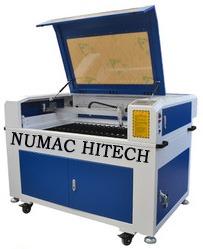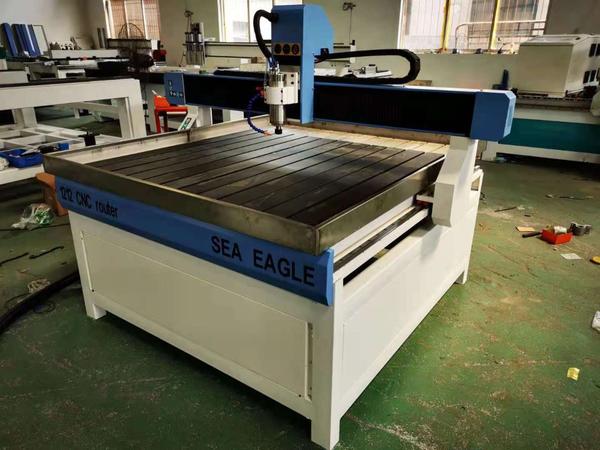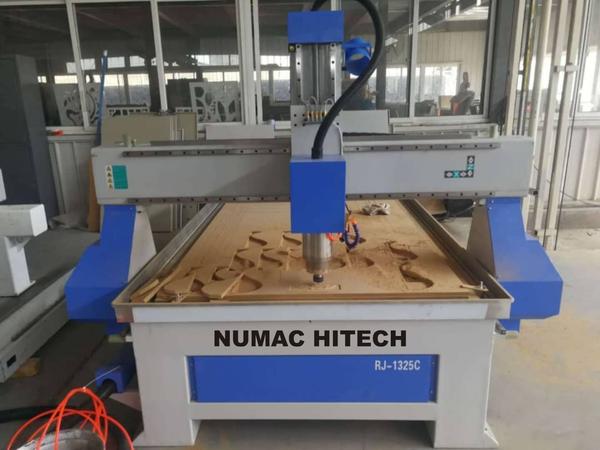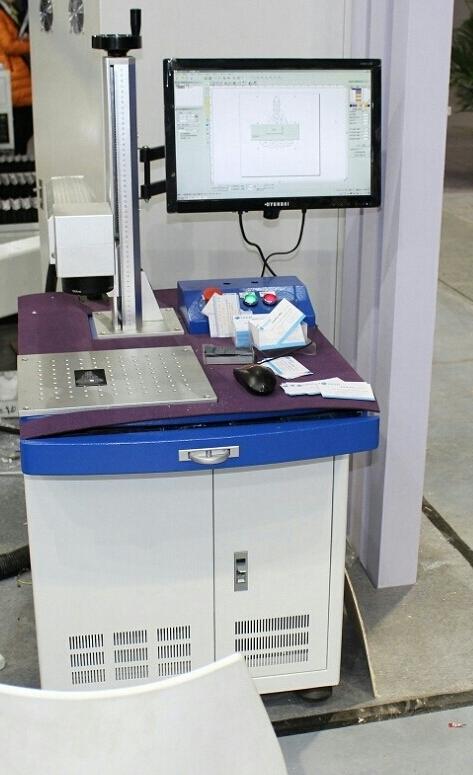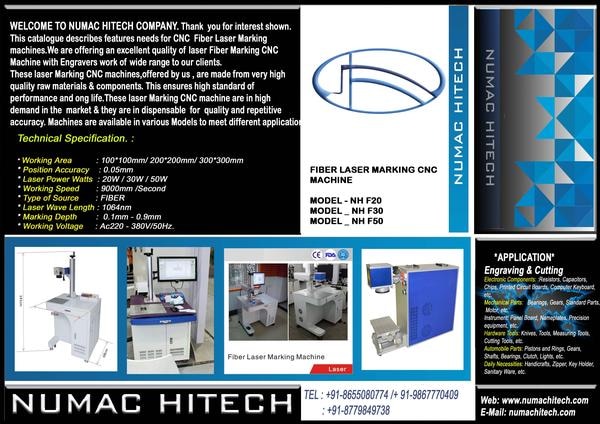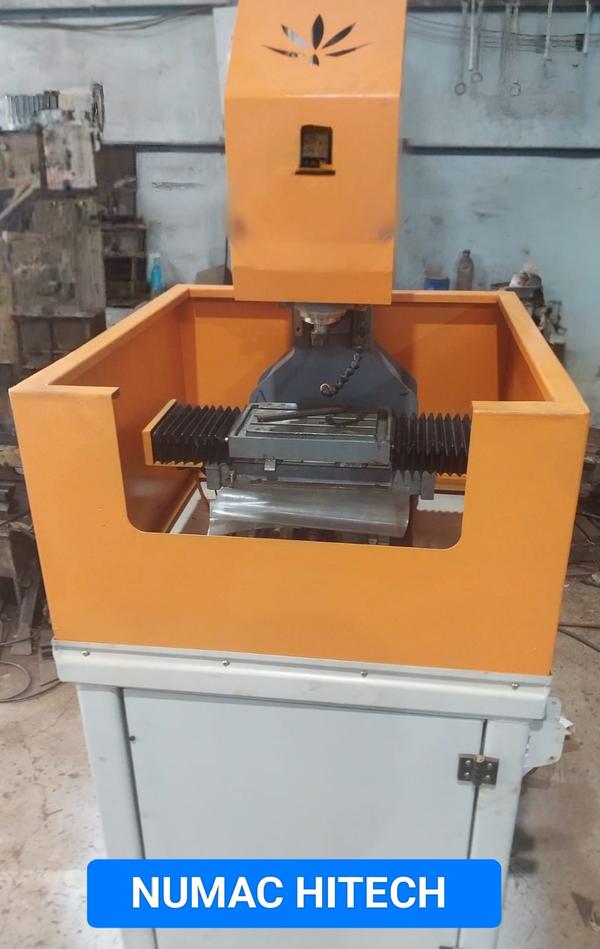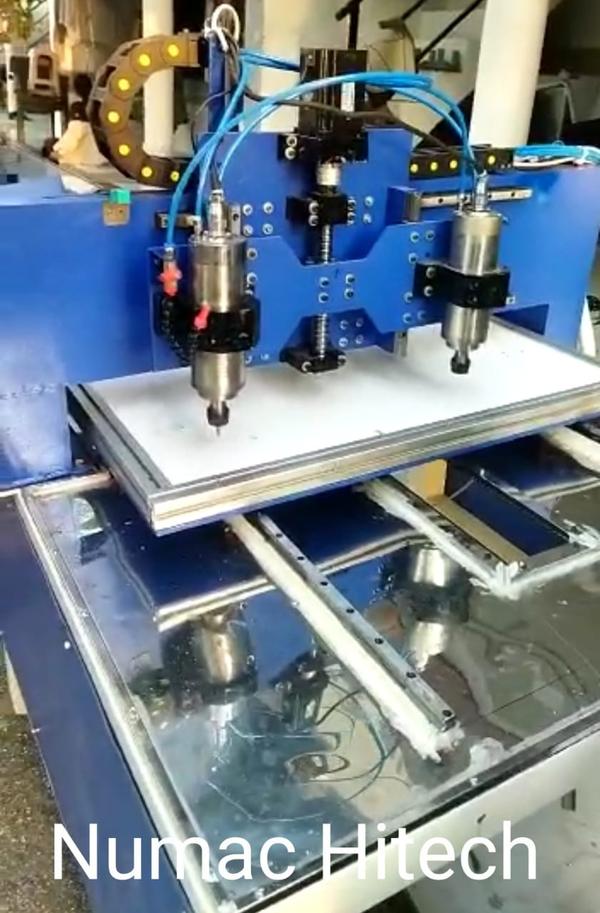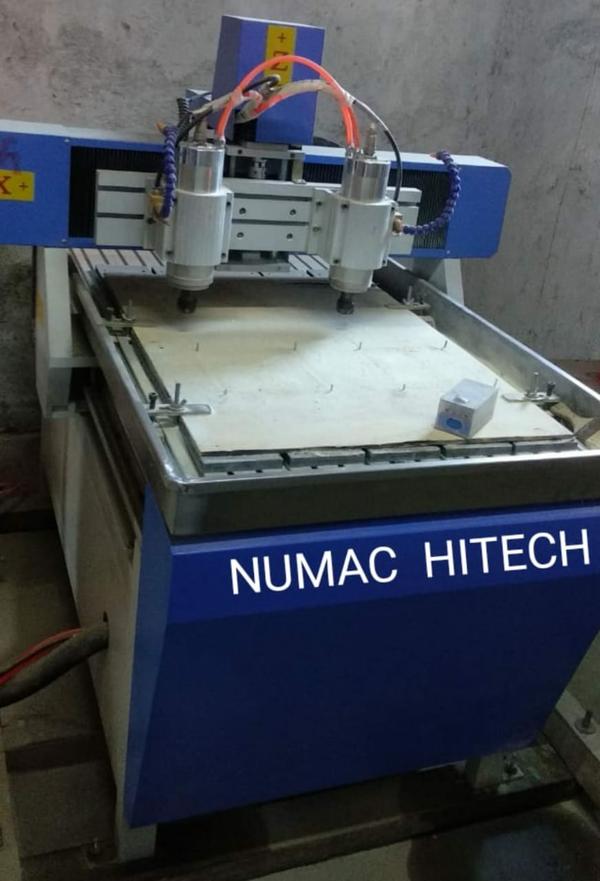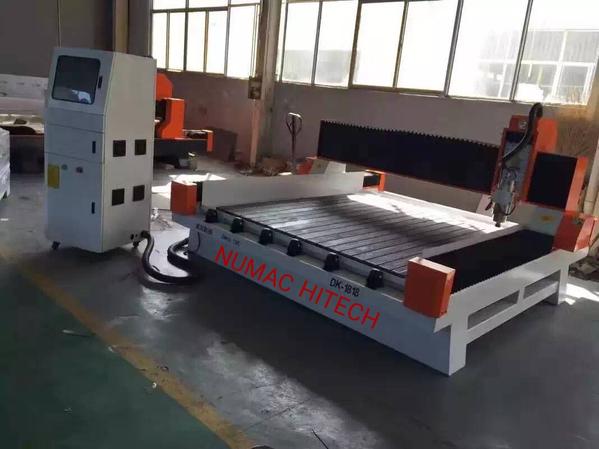Model Name/Number AR6090BASIC Laser Type CO2 Compatible Software Coreldraw, Auto CAD, Photoshop A 2D laser engraving machine is designed for precise engraving of two-dimensional designs and patterns on various materials. This type of machine uses a laser to etch or cut designs into surfaces, making it suitable for applications ranging from signage and promotional items to intricate artwork. Here’s an overview of key features, benefits, and considerations for 2D laser engraving machines: Key Features: Laser Type: CO2 Laser: Commonly used for non-metal materials such as wood, acrylic, glass, and some plastics. CO2 lasers are well-suited for engraving and cutting tasks. Fiber Laser: Used for metals and certain types of plastics. Fiber lasers are known for their durability and precision, but they are generally more expensive. Power and Speed: Laser Power: Typically ranges from 30W to 150W, depending on the material and the depth of engraving required. Higher power allows for faster processing and deeper engraving. Speed Control: Adjustable speed settings for different materials and design complexities. Work Area: Size: The work area size varies, with common sizes being around 600mm x 400mm (24" x 16") to larger areas like 1300mm x 900mm (51" x 35"). Larger work areas allow for bigger projects. Precision and Resolution: High Precision: Capable of achieving high resolution and detailed designs, with accuracy down to 0.01mm or better. Adjustable Resolution: Settings can be adjusted to match the required detail level. Control System: User Interface: Includes a touchscreen or computer interface for ease of design setup and machine control. Software Compatibility: Works with various design software, typically supporting file formats like DXF, AI, and BMP. Cooling and Ventilation: Cooling System: Usually includes a water or air cooling system to manage the laser’s temperature and ensure consistent performance. Ventilation: An exhaust system is essential for removing smoke, fumes, and debris generated during engraving. Benefits: Versatility: Material Compatibility: Can work with a wide range of materials, including wood, acrylic, glass, leather, and some plastics. Application Range: Suitable for creating signage, personalized gifts, awards, and detailed artwork. High Quality and Detail: Precise Engraving: Achieves high levels of detail and accuracy, making it ideal for intricate designs and text. Efficiency: Fast Processing: Engraves designs quickly compared to traditional methods, increasing productivity. Minimal Waste: Laser engraving is a subtractive process that generates minimal material waste. Consistency: Uniform Results: Provides consistent results across multiple pieces, which is important for production and commercial applications. Considerations: Cost: Investment: The cost of a 2D laser engraving machine can vary widely depending on size, power, and features. Evaluate the cost relative to your needs and budget. Maintenance: Regular Upkeep: Requires routine maintenance, such as cleaning the lens, checking the cooling system, and ensuring proper calibration. Material Limitations: Material Restrictions: Some materials may require special handling or are not suitable for laser engraving. Always check compatibility with the materials you plan to use. Workspace Requirements: Size and Setup: Ensure you have sufficient space for the machine and any associated equipment, like ventilation systems. Safety: Protective Measures: Follow safety guidelines, including using protective eyewear and ensuring adequate ventilation to handle fumes and dust.
Send Message
